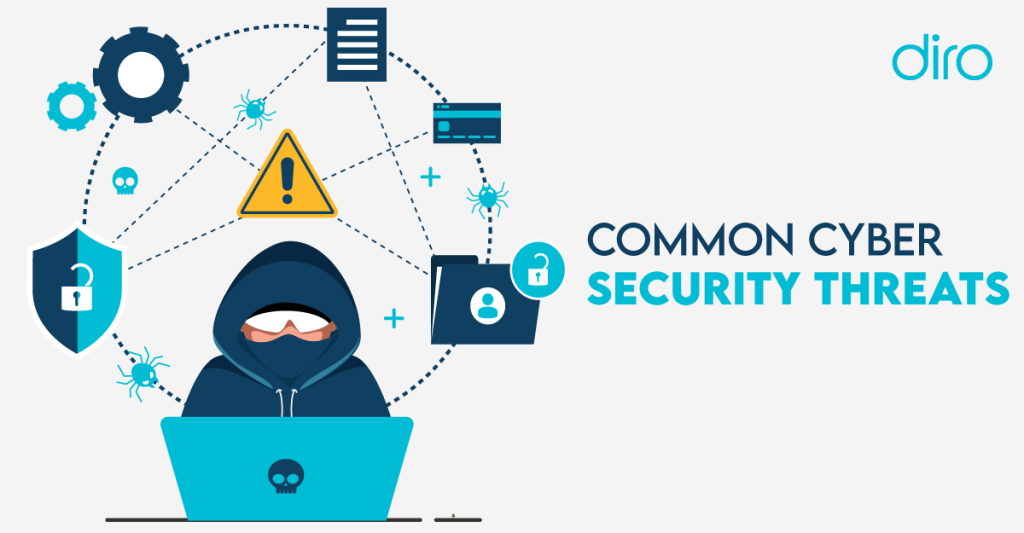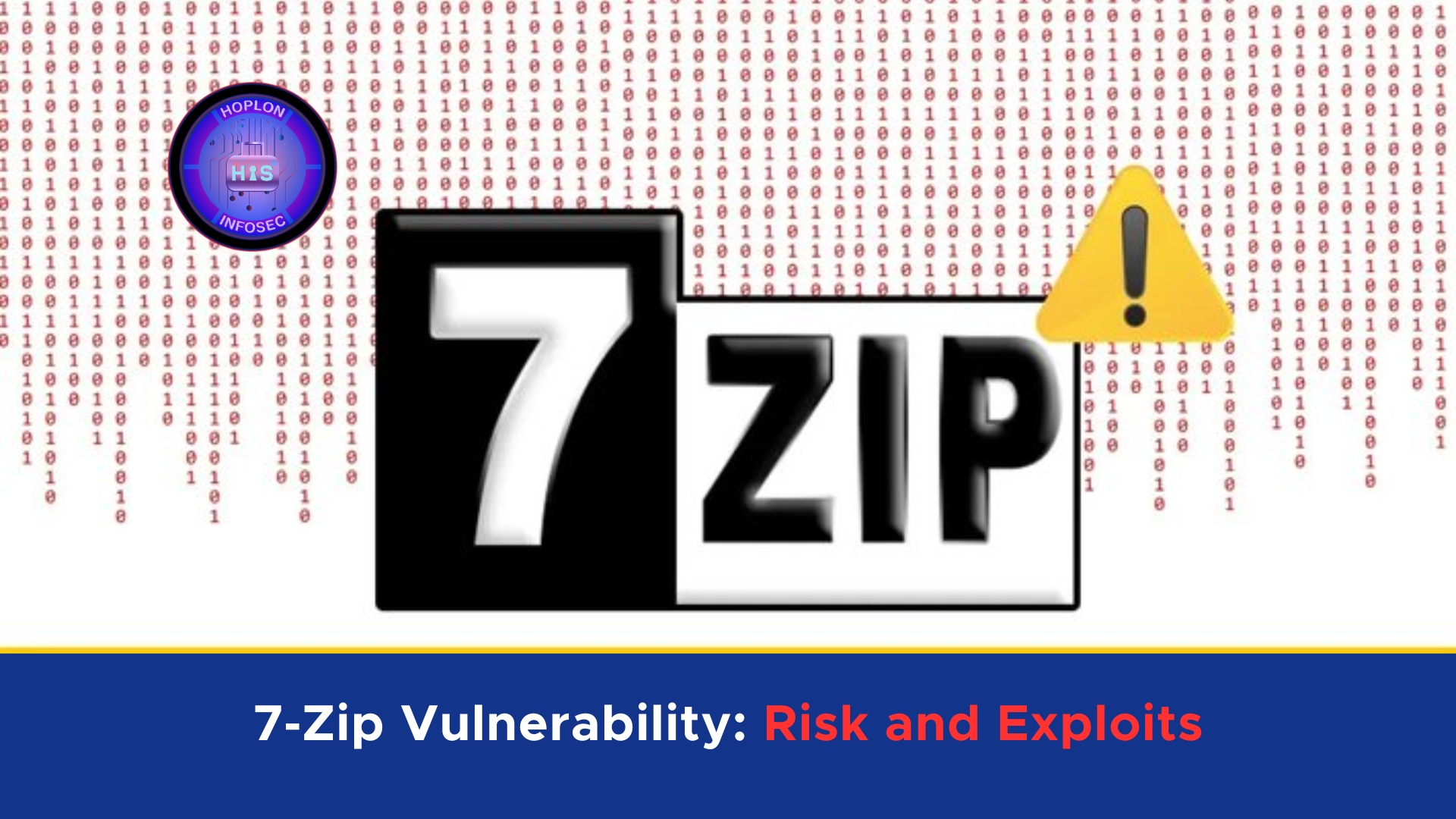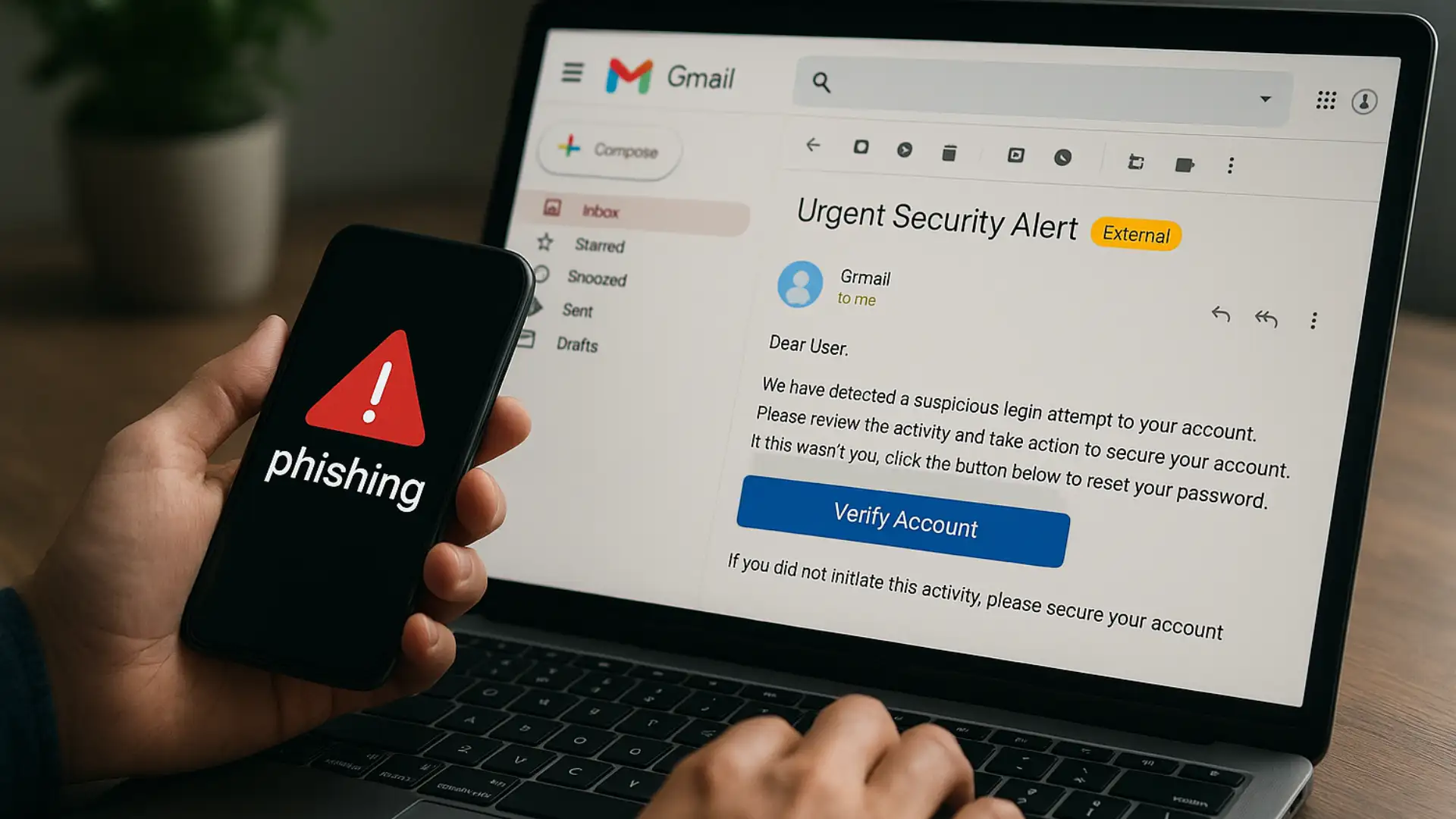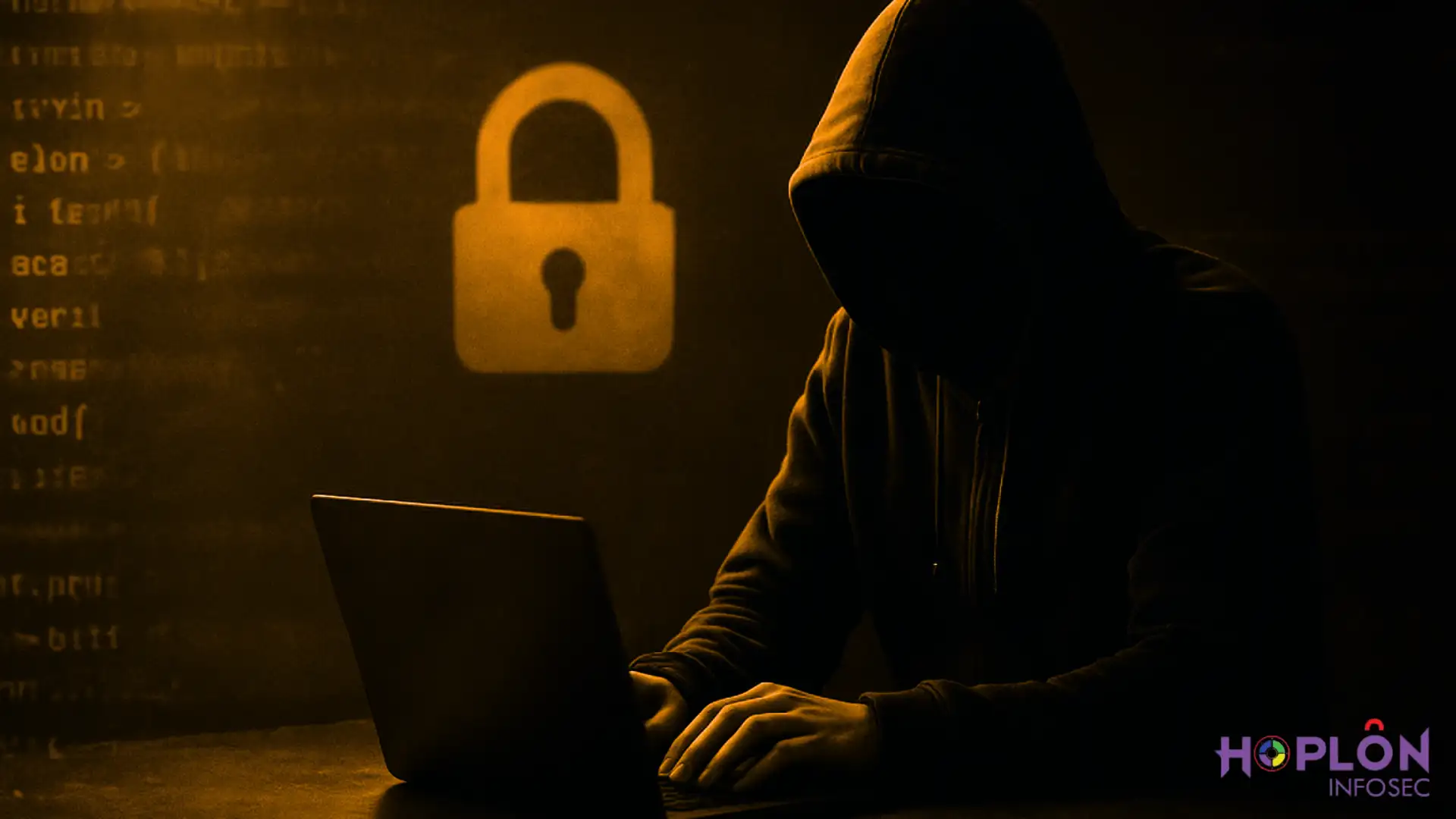One such critical issue involves the popular file archiving tool 7‑Zip. Recently, a 7‑Zip Vulnerability identified as CVE‑2025‑0411 has come to light. This flaw has not only been added to the Cybersecurity and Infrastructure Security Agency’s (CISA) Known Exploited Vulnerabilities catalog but has also been actively exploited, mainly targeting Ukrainian organizations. In this detailed blog post, we will explore the nature of this vulnerability, the methods of its exploitation, the implications for affected organizations, and the critical steps defenders can take to mitigate the risk.
An Introduction to 7‑Zip and Its Importance

7‑Zip is a widely used open-source file archiver known for its high compression ratio and support for numerous file formats. Because of its efficiency and versatility, 7‑Zip is trusted by individuals and organizations to manage and compress large volumes of data. However, the very features that make it useful can sometimes become its Achilles’ heel. CVE‑2025‑0411 has emerged as a significant threat due to a subtle yet dangerous flaw in how the software processes certain types of files.
The Vulnerability Explained: CVE‑2025‑0411
At its core, CVE‑2025‑0411 is known as a “Mark‑of‑the‑Web Bypass” vulnerability. To understand the implications of this flaw, it is essential first to grasp the concept of the Mark‑of‑the‑Web (MoTW) security mechanism in Windows. When a file is downloaded from the Internet, Windows assigns it a special designation—the Mark‑of‑the‑Web—which prompts additional security checks before it opens. This security measure is designed to protect users by flagging content that originates from untrusted sources.
Before version 24.09, 7‑Zip contained an oversight in handling nested archives, particularly in cases involving double‐archived files. When a file marked as coming from an untrusted source was further compressed within another archive, the security label was not correctly propagated to the files within these nested containers. As a result, attackers could craft archives that bypass the MoTW mechanism, allowing malicious code to be executed without triggering the usual security checks. This subtle error in handling file metadata created an opening that threat actors quickly exploited.
How the Exploit Works
The mechanics of this vulnerability involve the careful manipulation of file archives. Attackers create double-archived files, knowing that the inner archive would not inherit the MoTW designation. When a user downloads such an archive, Windows treats the outer file suspiciously and applies additional scrutiny. However, once the archive is opened, the inner files are not recognized as potentially dangerous because they lack security markings. This clever bypass allows malicious code to run unchecked, providing cybercriminals a pathway to compromise the system.
During the exploitation process, threat actors employ a range of sophisticated techniques. For example, attackers have been known to use homograph or homoglyph attacks, where characters from different alphabets that look similar are used to mask malicious file extensions. In practice, an archive may appear to contain a benign document—perhaps with a “.doc” extension—while harboring a payload capable of installing malware on the victim’s system. This dual-layer approach makes detecting the threat particularly challenging for automated systems and human reviewers.
The Exploitation Timeline and the Role of SmokeLoader
The vulnerability first came to public attention on September 25, 2024, when it was observed during a malware campaign involving SmokeLoader. SmokeLoader is a well-known piece of malware that has been associated with cyber espionage activities and is notorious for its capability to compromise entire systems. During this campaign, attackers targeted Ukrainian governmental and civilian organizations using spear‑phishing emails that appeared to come from trusted sources. These emails contained malicious 7‑Zip archives specifically designed to bypass MoTW protections.
Once the archive was opened and the payload executed, the attackers could deliver SmokeLoader, facilitating further system compromise. Using SmokeLoader to exploit CVE‑2025‑0411 highlights how vulnerabilities can be weaponized in broader cyberespionage campaigns. In this instance, the malware was used not only for financial gain but also for potentially extracting sensitive information, which may have provided attackers with a strategic advantage in the context of the ongoing Russo‑Ukrainian conflict.
The Broader Geopolitical Implications
While the technical details of CVE‑2025‑0411 are concerning, the context in which this vulnerability has been exploited adds a layer of complexity. The active targeting of Ukrainian organizations suggests that exploiting this flaw may be part of a more extensive, geopolitically motivated campaign. It is widely suspected that Russian cybercrime groups, possibly in coordination with state-sponsored entities, have leveraged this vulnerability to conduct cyber espionage against key Ukrainian institutions.
The targeted organizations have spanned various sectors, including governmental agencies, industrial enterprises, and public utilities. For example, Ukrainian government bodies such as the State Executive Service have been among the victims, alongside major industrial organizations like the Zaporizhzhia Automobile Building Plant. Public services, including Kyiv Public Transportation and the Kyiv Water Supply Company, have not been spared. These attacks disrupt critical infrastructures, potentially as pivot points for more significant, coordinated cyber campaigns.
Case Studies: The Impact on Ukrainian Organizations
A closer examination of the affected entities provides insight into how cybercriminals select their targets. Large organizations with significant digital footprints are often better prepared to defend against such sophisticated attacks. However, smaller local government organizations may lack robust cybersecurity resources and become attractive targets. These smaller entities are more vulnerable and can serve as initial entry points for attackers, who may use them as stepping stones to infiltrate more extensive networks.
The use of spear‑phishing emails in these attacks underscores the importance of understanding social engineering tactics. Many emails during the campaign were crafted with impressive detail, often using compromised sender accounts to lend legitimacy to the communication. The attackers went to great lengths to disguise the malicious payloads as routine documents, making it easier for unsuspecting users to execute the files and compromise their systems inadvertently.
The Patch and Response Efforts
Recognizing the severity of the vulnerability, the issue was promptly disclosed to Igor Pavlov, the creator of 7‑Zip, on October 1, 2024. This disclosure set off a series of rapid response actions, culminating in releasing an updated 7‑Zip—version 24.09—on November 30, 2024. This patch addresses the flaw by ensuring the MoTW designation is correctly propagated to files within nested archives, thereby eliminating the exploitable gap.
Organizations that rely on 7‑Zip for their day-to-day operations are strongly advised to update to version 24.09 or later as soon as possible. By doing so, they can effectively neutralize the threat posed by CVE‑2025‑0411 and restore the intended security checks that Windows provides through its MoTW system. Rapidly patching vulnerabilities like this is critical to maintaining cybersecurity hygiene, as software updates can expose systems to persistent threats.
Best Practices for Mitigation and Prevention
In addition to updating 7‑Zip, organizations should adopt a holistic approach to cybersecurity to defend against similar threats. One of the most effective strategies is to implement robust email security measures. Given that the exploitation of CVE‑2025‑0411 involved sophisticated spear‑phishing campaigns, companies must ensure their email filtering systems can detect and block suspicious messages. This reduces the risk of malware distribution and minimizes the likelihood of a successful social engineering attack.
Employee training is another critical component of any cybersecurity strategy. Staff members must be educated on the signs of phishing attempts and the tactics used in homoglyph attacks. Regular training sessions can help employees remain vigilant and recognize when a seemingly legitimate email may be a disguised threat. By fostering a culture of cybersecurity awareness, organizations can create an additional line of defense against increasingly sophisticated cyberattacks.
Another critical measure is restricting automatic file execution from untrusted sources. By configuring systems to disable the automatic execution of downloaded files, organizations can provide an extra buffer of protection against malicious payloads. This practice is critical in environments where users frequently download files from the Internet, as it forces a manual review of the content before any code is allowed to run.
Moreover, domain monitoring and URL filtering can play vital roles in defense. Cybercriminals often register domains with names that mimic trusted entities through homoglyphs. Implementing domain filtering helps detect and block these suspicious domains, while URL filtering can prevent access to known malicious sites. Maintaining an updated blocklist of domains and URLs is essential to proactively guard against evolving threats and minimize exposure to potential attacks.
Understanding the Broader Threat Landscape

Exploiting the 7‑Zip vulnerability reminds us of how interconnected and vulnerable modern IT ecosystems can be. Cyber threats are not isolated incidents but are part of a broader landscape where geopolitical tensions and criminal motives often intersect. In this case, targeting Ukrainian organizations amidst the ongoing Russo‑Ukrainian conflict illustrates how cyberattacks can be used as instruments of espionage and strategic disruption.
Russian cybercrime groups have increasingly leveraged vulnerabilities to gain unauthorized access to sensitive information. While the exploitation of CVE‑2025‑0411 may appear to be a technical issue at first glance, its use in the broader campaign underscores the importance of addressing vulnerabilities promptly. Cybersecurity is not merely a technical challenge—it is also a strategic imperative that requires coordination between government agencies, private sector entities, and the cybersecurity community as a whole.
The Importance of Proactive Cyber Defense
In today’s digital environment, no organization can afford to be complacent about cybersecurity. Proactive measures such as continuous monitoring, regular software updates, and thorough employee training are essential in building resilience against cyberattacks. The 7‑Zip vulnerability is a powerful example of how quickly a single flaw can be exploited to cause widespread disruption and compromise critical infrastructure.
Organizations must invest in state‑of‑the‑art security solutions that detect anomalies and respond swiftly to emerging threats. By leveraging advanced threat detection tools and adopting a multi‑layered security approach, businesses can mitigate the risks posed by vulnerabilities like CVE‑2025‑0411. Such measures protect sensitive data and help maintain operational continuity in the face of sophisticated cyberattacks.
Moving Forward: Lessons Learned and Future Considerations
Exploiting the 7‑Zip vulnerability is an instructive case highlighting several key lessons for organizations and cybersecurity professionals. First, even widely trusted software can harbor hidden vulnerabilities that, if left unpatched, can be exploited by determined adversaries. Second, the techniques used in this attack—such as spear‑phishing and homoglyph manipulation—demonstrate that cybercriminals are continuously evolving their methods to bypass existing defenses.
This incident should be a wake‑up call for organizations to review their cybersecurity practices regularly. In addition to applying software patches, companies should conduct periodic security audits, implement rigorous monitoring protocols, and invest in cybersecurity training for their workforce. By taking a comprehensive approach to security, organizations can better anticipate and defend against future threats.
Moreover, the geopolitical context of this vulnerability underscores the need for enhanced international cooperation in cybersecurity. As cyberattacks increasingly cross national boundaries and target critical infrastructures, there is a growing recognition that coordinated global efforts are essential to counteract these threats. Collaboration between governments, international organizations, and private sector entities can help establish standardized security protocols and facilitate rapid information sharing in the event of an emerging threat.
Conclusion
The CVE‑2025‑0411 vulnerability in 7‑Zip represents a significant risk to organizations that rely on this ubiquitous file archiving tool. Its exploitation—particularly in a targeted campaign against Ukrainian organizations—illustrates how technical vulnerabilities can be weaponized for cyberespionage and strategic disruption. By understanding the mechanics of this vulnerability, recognizing the signs of its exploitation, and implementing robust mitigation strategies, organizations can fortify their defenses against similar threats.
Staying vigilant by promptly applying patches, enhancing email security, and investing in comprehensive cybersecurity training are critical steps in protecting sensitive data and maintaining operational integrity. As cyber threats continue to evolve in both sophistication and scope, the lessons learned from this incident must catalyze broader, proactive measures in cybersecurity.
Every organization must prioritize security in a landscape where digital threats are ever-present. The 7‑Zip vulnerability should prompt immediate remedial action and encourage a long‑term commitment to robust cybersecurity practices. By doing so, organizations can better safeguard their systems against current vulnerabilities and prepare for the challenges of tomorrow.
Ultimately, the story of CVE‑2025‑0411 reminds us that proactive defense is the best offense in cybersecurity. Through coordinated efforts, continuous vigilance, and an ongoing commitment to technological improvements, organizations can protect themselves against cyber adversaries’ ever-changing tactics. As we move forward, the collective response of the cybersecurity community will be critical in ensuring that vulnerabilities are identified, addressed, and ultimately rendered ineffective in the hands of malicious actors.
More:
https://cybersecuritynews.com/7-zip-vulnerability-actively-exploited-in-the-wild-in-cyber-attacks/




